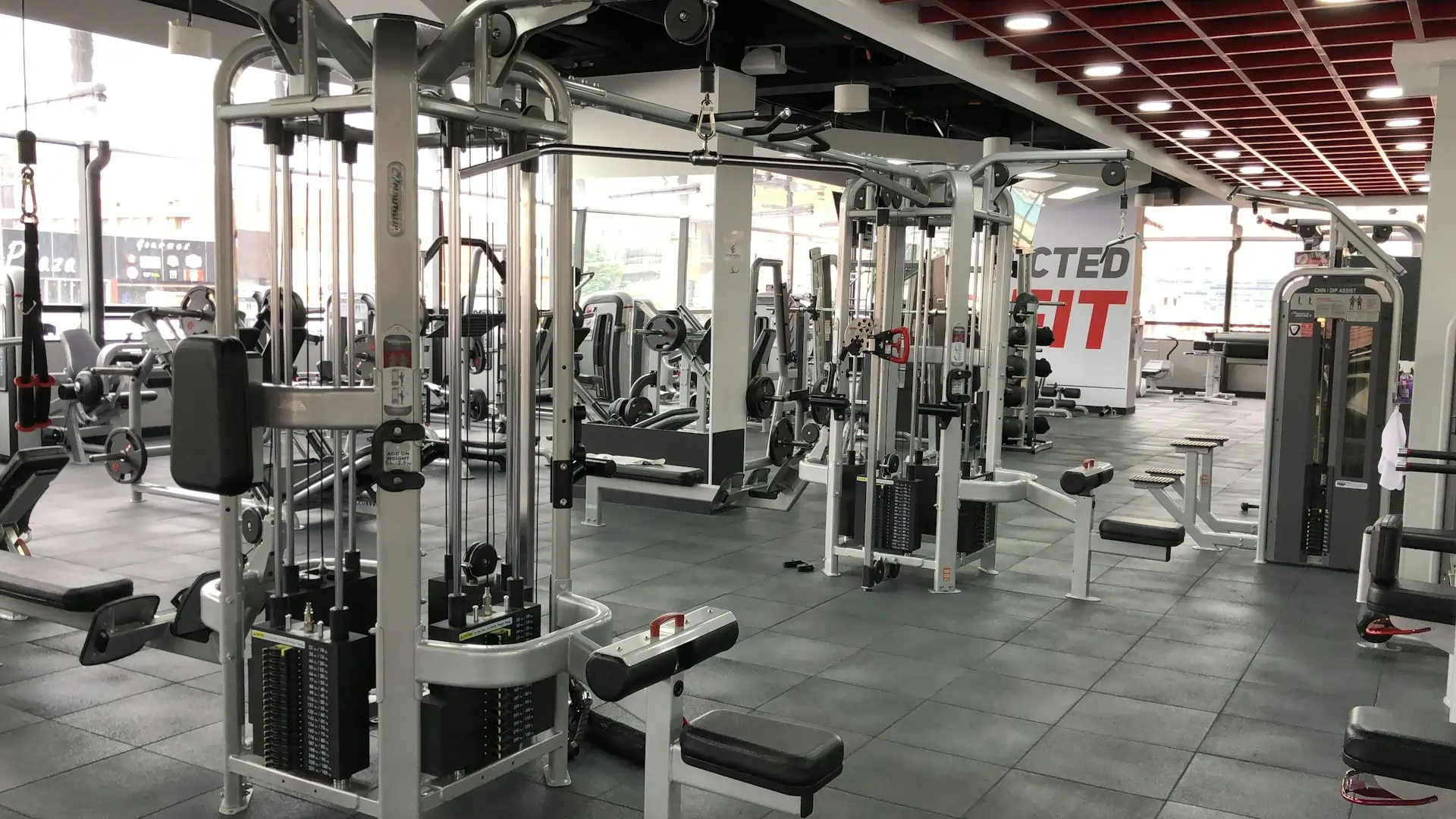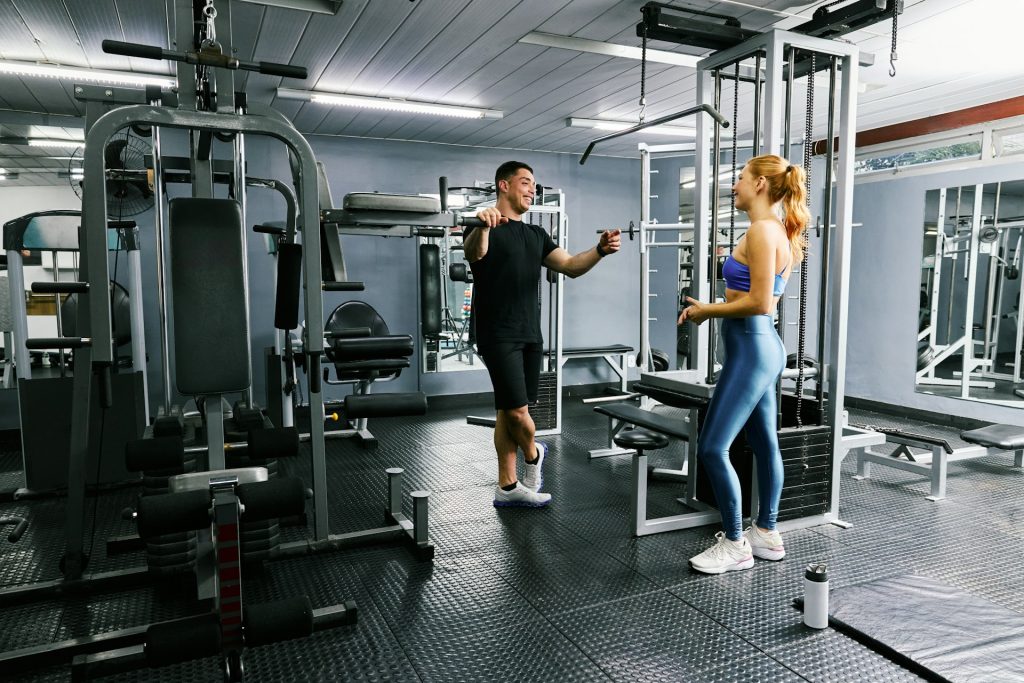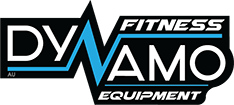
How Much Does It Costs to Start a Gym in Australia in 2025
Opening a gym in Australia is a big leap, especially when you don’t have the answer to the big question: how much does it cost to start a gym in Australia? But the truth is that if you plan smartly and understand where your money goes, it’s one of the most rewarding businesses you can build in 2025.
The total cost to start a gym in Australia this year depends on several factors, which we will talk about in detail in this blog post. However, on average, expect to invest anywhere from $50,000 to $500,000, depending on whether you’re setting up a small fitness studio or a full-fledged commercial gym. Note that franchise gyms can go even higher.
Let’s break it all down. But first, why now? Why is 2025 the best time to enter the fitness industry in Australia?
Why 2025 Is the Right Time to Start a Gym in Australia
After COVID-19, Aussies changed the way they think about health. People now prioritize fitness like never before.
You’ve probably noticed it, too. More gyms are popping up in suburban areas. Boutique fitness studios are packed. Home fitness has its place, but there’s nothing like the community and motivation of an in-person gym experience.
In short, the demand is back. And it’s growing fast.
According to industry reports, the Australian fitness market is experiencing significant growth, with revenue reaching approximately AUD 2.9 billion in 2024 and a projected annual growth rate of 3.3% for gyms and fitness centers between 2020 and 2025.
Here’s why:
-
People are spending more on wellness than ever.
-
Younger demographics prefer structured workout environments.
-
Government initiatives support health and fitness businesses.
Total Average Cost to Open a Gym in 2025
For a small personal training studio or home-based setup, you could get started with as little as $50,000. This budget covers the basics: a modest space, a few quality machines, essential weights, and software to manage your clients.
Now, if you’re looking to open a boutique fitness studio, say, a HIIT gym, Pilates space, or women-only strength club, expect to invest around $75,000 to $150,000. This range allows room for professional-grade equipment, decent flooring, mirrors, lighting, air conditioning, and the little touches that make your space feel premium.
For those aiming to build a mid or large commercial gym, the ballpark rises. You’re looking at $200,000 to $500,000 or more. That includes large floor space, a wide variety of machines, heavy-duty racks, cardio zones, changing rooms, and tech infrastructure like access control systems, security cameras, and member management software. It’s a serious investment—but so is the return when done right.
But what most new gym owners overlook is that they focus too much on the initial setup and forget about the first 6–12 months of running costs. These include staffing, utilities, maintenance, rent, software subscriptions, and marketing. Always keep working capital in your budget.
Read Also: Commercial Gym Equipment Brands
How Much Does a Gym Startup Cost in Australia: Cost Breakdown
Now that you know the total ballpark, let’s break down where that money actually goes. These are the core cost categories you need to budget for. Skipping any of them can lead to delays or hidden expenses later, so let’s go step by step.
1. Leasing or Buying a Gym Space
This is usually your biggest ongoing cost and the one that varies the most based on where you are. A typical monthly lease for a gym space in Australia sits between $4,000 and $15,000 or more. Prime areas in major cities cost more. Regional or suburban areas offer better deals but might pull in fewer walk-ins.
You’ll also need to cover:
-
Upfront deposit (usually 3–6 months’ rent)
-
Legal fees for reviewing your lease agreement
-
Commercial fit-out approvals from your local council
Don’t pick the cheapest place. Pick the right one. Make sure your location has the right zoning, enough parking, high visibility, and good foot traffic.
2. Commercial Gym Equipment Costs
Your gym’s heart lies in its equipment. You need durable, commercial gym equipment and machines that hold up under heavy use.

Here’s what you’ll need:
-
Strength machines (pin-loaded and plate-loaded)
-
Cardio equipment (treadmills, bikes, rowers, ellipticals)
-
Free weights (dumbbells, Olympic plates, barbells)
-
Functional rigs (great for group training and versatility)
Prices vary. You could spend $30,000 for a basic setup or push past $150,000 for a top-tier gym with the best equipment available. Your budget depends on your gym’s size and niche.
You’ve got two smart paths here:
-
Buy everything upfront if you have the capital
-
Lease high-end equipment and preserve your cash flow
Leasing gives you room to grow. You upgrade as you expand. But buying means you own your assets outright, which looks better on paper long term.
3. Fit-Out, Flooring, & Facility Setup
This part is where you turn a blank space into a gym that feels professional. A clean, modern, and well-designed interior tells people they can trust you.
Start with the basics:
-
Rubber flooring or turf for durability and safety
-
Mirrors for proper form and aesthetics
-
Lockers, showers, and change rooms for member comfort
-
Lighting and ventilation for energy and hygiene
Flooring costs range from $30 to $100 per square metre, depending on the material and finish. Want turf? That adds more. Going premium? Expect to pay on the higher end.
Your full fit-out, including interior design, construction, plumbing, branding signage, and council approvals, can cost anywhere from $20,000 to $100,000+.
4. Licensing, Permits, & Legal Setup
Before you open your doors, you need to make sure everything is legally squared away in your business plan.
-
Business Registration Fees: Registering your gym as a legal entity typically costs between $300 and $1,000, depending on whether you choose to register as a sole trader, partnership, or company.
-
Council Approvals and Fitness Facility Permits: Local councils may require additional approvals for commercial gyms. Expect to pay for zoning permits, health and safety inspections, and fire safety certifications. Cost of opening a studio or gym vary by location, but you could spend $1,000 to $5,000 to get all the right paperwork in order.
-
Insurance: Insurance is a must, and costs vary, but budget around $1,000 to $4,000 per year, depending on your coverage and gym size.
In total, the business licensing, permits, and legal setup could cost anywhere from $2,000 to $10,000+.
Read Also: How to Protect Outdoor Gym Equipment
5. Technology & Software Infrastructure
From member sign-ups to payments, scheduling classes, and managing memberships, you’ll need reliable software to handle it all.
Here’s what you’ll need to factor in:
-
Gym Management Software: It handles booking, payments, gym memberships, CRM, and more. Costs vary depending on the software you choose, but you can expect to pay between $1,000 and $5,000 for setup and annual subscriptions.
-
Security Systems: You’ll need CCTV cameras, access control systems, and maybe even a keyless entry system. A good system can run you $2,000 to $10,000, depending on the size of your facility and the level of security you need.
-
POS and WiFi Setup: For seamless member check-ins and payments, a Point-of-Sale (POS) system is essential. You’ll also need reliable WiFi for both staff and members. Budget for $1,000 to $5,000 for initial setup.
So, technology and software infrastructure can cost you between $1,000 to $10,000+.
6. Staffing & Payroll Costs
Whether it’s personal trainers, front desk staff, or cleaning crews, the people you hire will impact both the member experience and the overall success of your gym.

Let’s break down the staffing costs:
-
Personal Trainers: You might start your own gym with a few part-time trainers, and then scale up as demand grows. Salaries or session rates can vary, but budget for $30,000 to $70,000 per year per full-time trainer.
-
Admin and Reception: Front desk staff help with member sign-ups, payments, and general inquiries. Expect to pay $40,000 to $50,000 per full-time employee annually, depending on their experience.
-
Cleaning Staff. You can either hire part-time cleaners or outsource to a cleaning service. The cost will be about $20,000 to $40,000 annually for full-time cleaning staff, or $1,000 to $3,000 per month for outsourcing.
In total, your staffing and payroll costs will vary depending on the size of your gym and the roles you need. Budget $5,000 to $20,000 initially for hiring and training.
7. Marketing & Branding Expenses
In a crowded market, how do you get noticed? The answer is simple: marketing and advertising. But that doesn’t mean you need to spend a fortune.
Here’s where your budget should go:
-
Website Development & SEO: Your website is your first impression. A professional, user-friendly website is a must. Budget around $1,500 to $5,000 for development. Add SEO on top of that to help potential members find you online. SEO might cost an additional $500 to $1,500 a month.
-
Launch Campaigns: You can’t just open your doors and expect people to walk in. Plan for an initial launch campaign that includes Google Ads, Facebook & Instagram ads, and maybe even some local flyers. Your first month’s campaign could cost between $2,000 and $7,000.
-
Signage & Branded Assets: Professional signage includes banners, street signs, and your gym’s logo. You should also budget for staff uniforms and other branded items like towels and water bottles. Expect to spend around $1,000 to $3,000 on these assets.
For the first few months, expect to spend between $5,000 and $25,000 on marketing and branding.
8. Operational Costs of Running a Gym (Months 1–6)
Once your gym is up and running, the monthly costs start to roll in. It’s important to know what these expenses will look like to keep things running smoothly and avoid surprises.
Here’s a breakdown of your typical monthly costs:
-
Utilities: Electricity, water, and internet bills can add up quickly, especially with the number of lights, machines, and air conditioning running at your gym. Expect to pay $1,000 to $3,000 per month in utilities.
-
Consumables: You’ll need things like cleaning supplies, towels for members, toilet paper, and soap. These costs typically run $500 to $1,000 per month, but they can go up if you provide high-quality products or extra amenities.
-
Software Subscriptions & Maintenance: Don’t forget about your ongoing software costs for things like member management, billing, and scheduling. These services usually have a monthly fee of $200 to $1,000. Equipment maintenance and other gym infrastructure can add to this, typically $500 to $2,000 a month.
In total, your operating expenses for the first 6 months will range from $5,000 to $15,000 per month.
Smart Ways to Finance Your Gym Setup
Starting a new gym requires a significant amount of capital, but that doesn’t mean you need to have all the money upfront. With the right financing options, you can get your gym up and running without draining your personal savings.
Business Loans vs. Equipment Financing
Business loans are one of the most common ways to fund a gym. Traditional loans give you access to a lump sum of money to cover both your startup costs and operational expenses. Depending on your credit and financial history, interest rates could range from 4% to 12%.
Alternatively, equipment financing allows you to borrow money specifically for purchasing equipment. This option has lower interest rates, and you can typically finance 100% of the equipment’s cost. You don’t tie up your working capital, and the equipment becomes your collateral. This is an attractive option if you’re looking to get premium gym machines without paying upfront.
Leasing Options with Dynamo Commercial
Leasing commercial fitness equipment is another smart choice, especially for gyms that might want to stay flexible. With leasing, you can secure top-of-the-line equipment without the massive upfront cost.
Leasing with Dynamo Commercial offers several benefits:
-
Flexible terms and payment plans tailored to your budget
-
Access to premium commercial-grade equipment without the high initial costs
-
Opportunity to upgrade equipment as your gym grows
Leasing can help you keep your gym fresh and competitive. If you are interested in learning more, Book a Free Gym Fitout Consultation with Dynamo Commercial to explore leasing options and find the right fit for your gym. You can also visit us at one of our mega showrooms across Australia:
- Commercial Gym Equipment Melbourne Stores
2. Commercial Gym Equipment Perth Stores
3. Commercial Gym Equipment Sydney Store
4. Commercial Gym Equipment Adelaide Store
5. Commercial Gym Equipment Brendale Store.
6. Commercial Gym Equipment Brisbane Store.
Attract Investors or Partners
If you don’t want to carry the financial burden alone, investors or business partners could be the way to go. Investors provide capital in exchange for a stake in your business, while partners share both the responsibilities and profits. Look for individuals or groups who are interested in the fitness industry and have experience in business.
Final Thoughts
Starting a gym is a big financial commitment, but with the right plan and the right mindset, it can be incredibly rewarding. You now have a clear picture of the key costs involved, from leasing space and buying equipment to ongoing operational expenses.
Ready to get started? Book a Free Gym Fitout Consultation with Dynamo Commercial, and let us help you build your gym from the ground up, with all the right commercial fitness equipment and commercial gym fitout solutions tailored to your needs.
